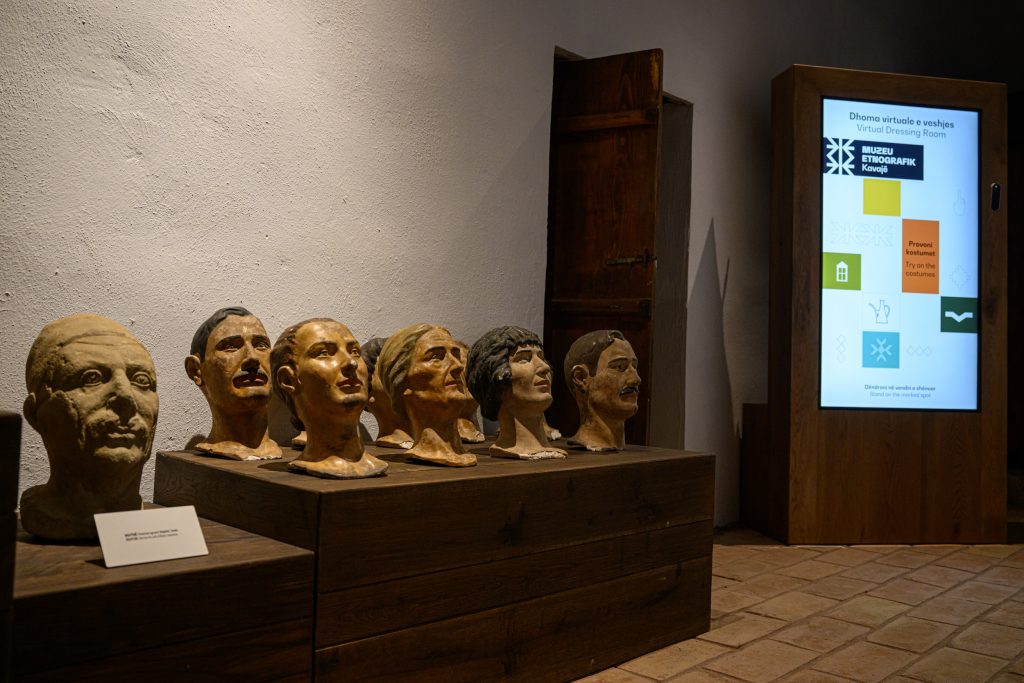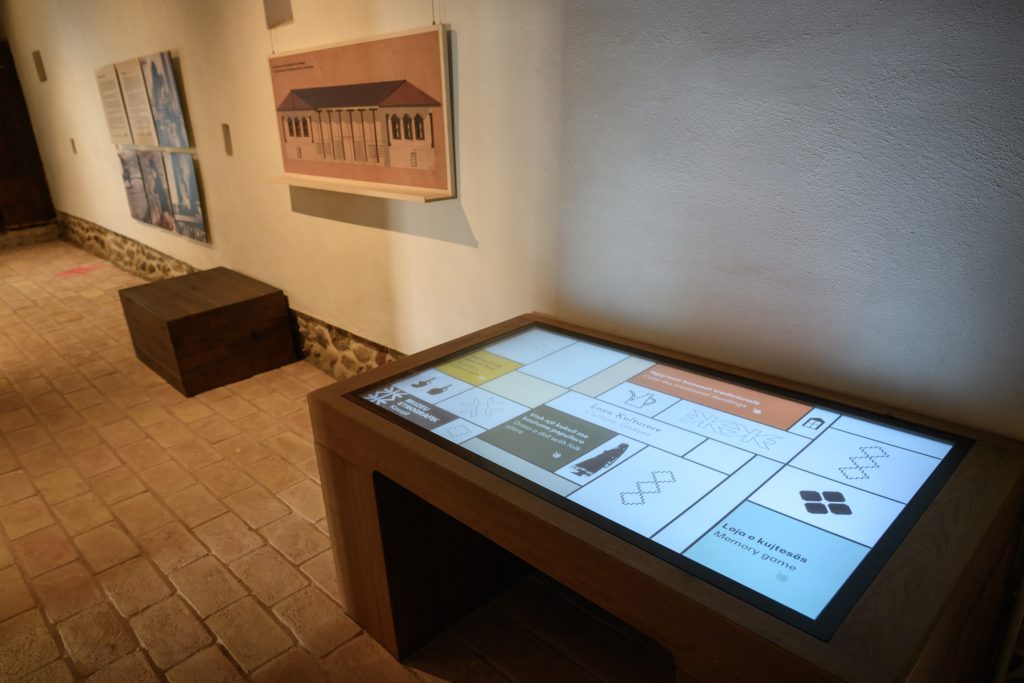Restoring the Past, Inspiring the Future at the Ethnographic Museum of Kavaja
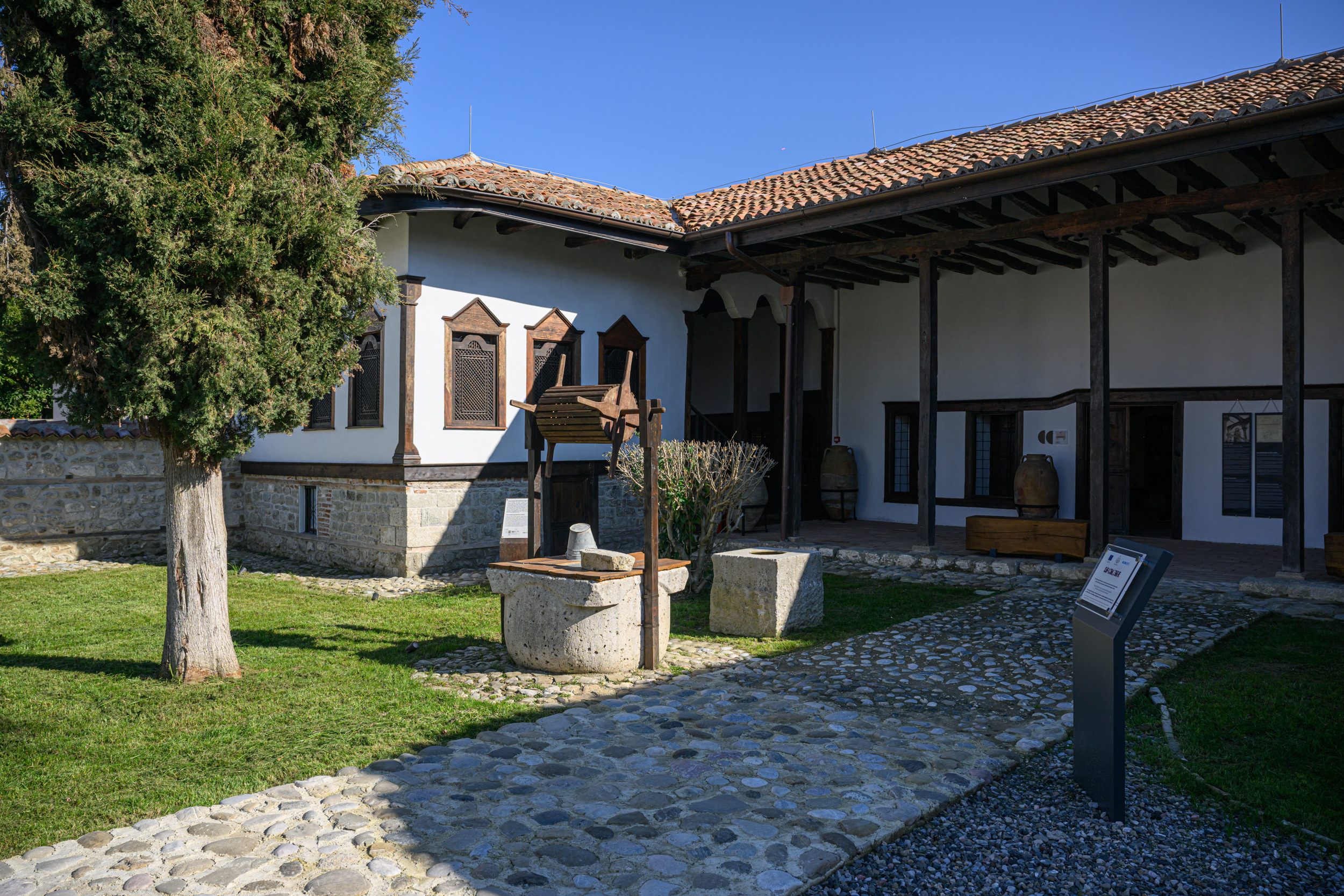
In the Skuraj neighborhood of Kavaja, a one-story residential dwelling, built in 1800, has long held stories passed down over generations. With its two symmetrical wings, original wooden structure, and sunlit garden, the building is one of the few still standing structures reflecting traditional architecture of the area. Originally a family home, and since 1971 the Ethnographic Museum of Kavaja, it cherishes today the memory and the history of Albanians’ everyday life.
Over the years, time took a toll on the structure. The 2019 earthquake in Albania caused serious damage resulting in cracked walls, water leaks, and structural shifts that made the building unsafe. But instead of closing its doors for good, the museum began a new chapter. Thanks to the EU-funded EU4Culture programme, the museum was not just restored, but revitalized and reconceptualized, becoming more engaging to all audiences.
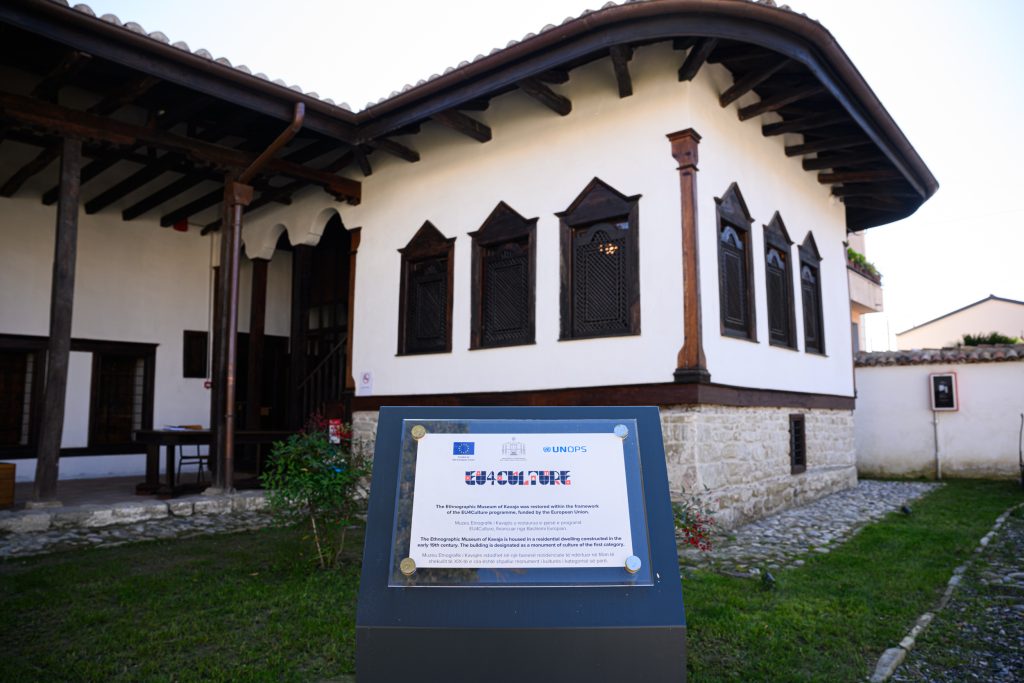

“The museum contributes to preserving the identity of the city and its people,” says Stefanaq Sotja, the museum’s director. “We maintain close contact with Kavaja’s artisans, giving visitors a chance to learn firsthand about traditional crafts and traditional ways of life.”
The restoration went beyond just repairing the structure, but rethinking as well how the museum could serve the community in the years ahead, all while preserving its authenticity. The building was restored using traditional techniques, with locally sourced materials and local craftspersons involved wherever possible. Even the adobe bricks made of sun dried clay and straw, were handmade to match the originals, using the exact same typology of those manufactured specifically for this building. Wooden structures, original windows, and traditional plastering techniques were carefully restored, keeping the soul of the building alive.
“One of the biggest challenges during the works was protecting the museum’s valuable and delicate artefacts. For this reason, four climate-controlled containers were installed in the courtyard, until the interiors were finalized, to store the objects safely, preventing any damage,” says Lejla Hadzic, EU4Culture Cultural Heritage Advisor.
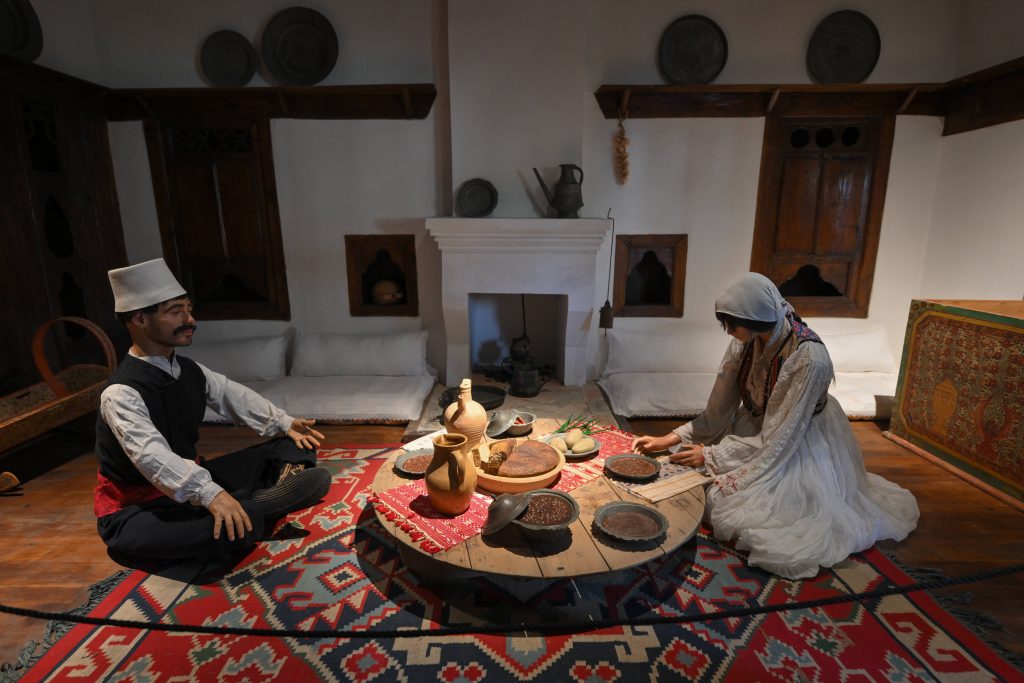
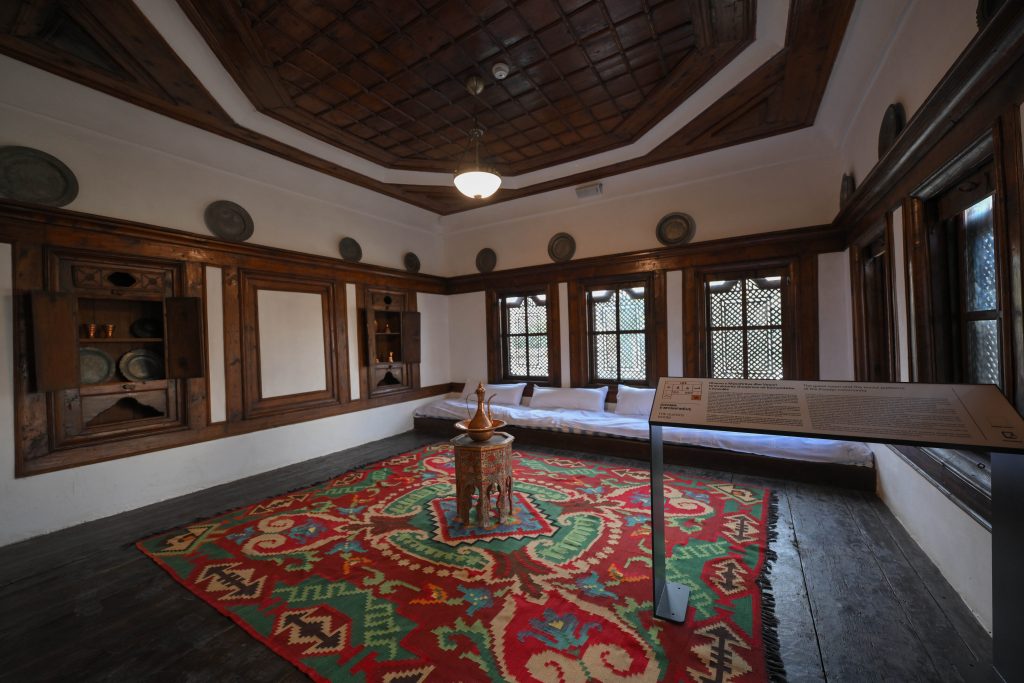
The packing and conservation of artefacts was led by international experts of the Institute of Conservation at the University of Applied Arts in Vienna, as well as national ones from the University of Tirana, Ethnographic Museum of Kavaja and the National Institute of the Registration of Cultural Heritage. It was a unique learning experience: Through hands-on workshops, students from the University of Tirana were engaged in documenting, evacuating, and preserving delicate items, gaining practical skills while strengthening local expertise, especially in textile conservation.
The mission of enhancing education goes on as now the museum is in close collaboration with the city’s primary and secondary schools, involving the younger generation in the preservation and appreciation of cultural heritage.
The exhibitions of the Kavaja Ethnographic Museum were also redesigned to include much improved artefact displays, multimedia and interactive elements, making the museum more accessible, especially for younger visitors. Today visitors can explore redesigned exhibitions enhanced with multimedia, improved lighting, and digital displays.

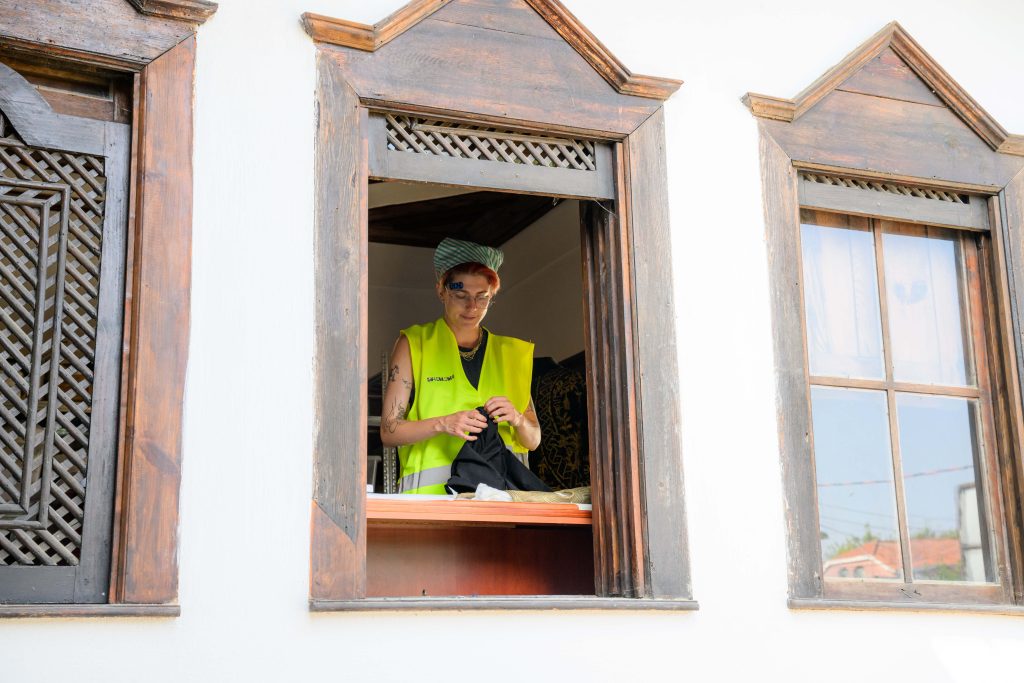
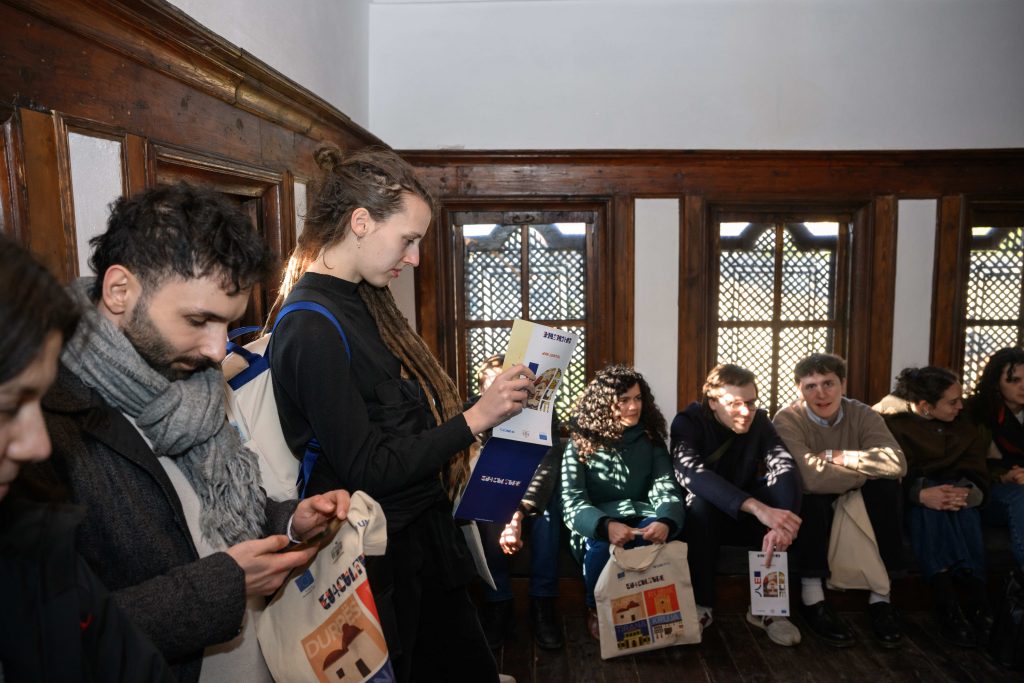
According to the museum’s director: “After the reopening, feedback from the local community and tourists has been very positive, and we are always happy to read the reviews’ book. This is the result of the very well thought work, as preserving the authenticity of the rooms, restoring the objects, reconceptualizing the exhibition line and introducing digital elements have made this museum very engaging.”
Among the many objects on display, two stand out for Mr Sotja: a gift from the family in north, a women’s jacket from Shkodra, embroidered with ancient Illyrian motifs, and a wooden bread-making tool, a simple yet powerful symbol of the skills and generosity passed down through time.


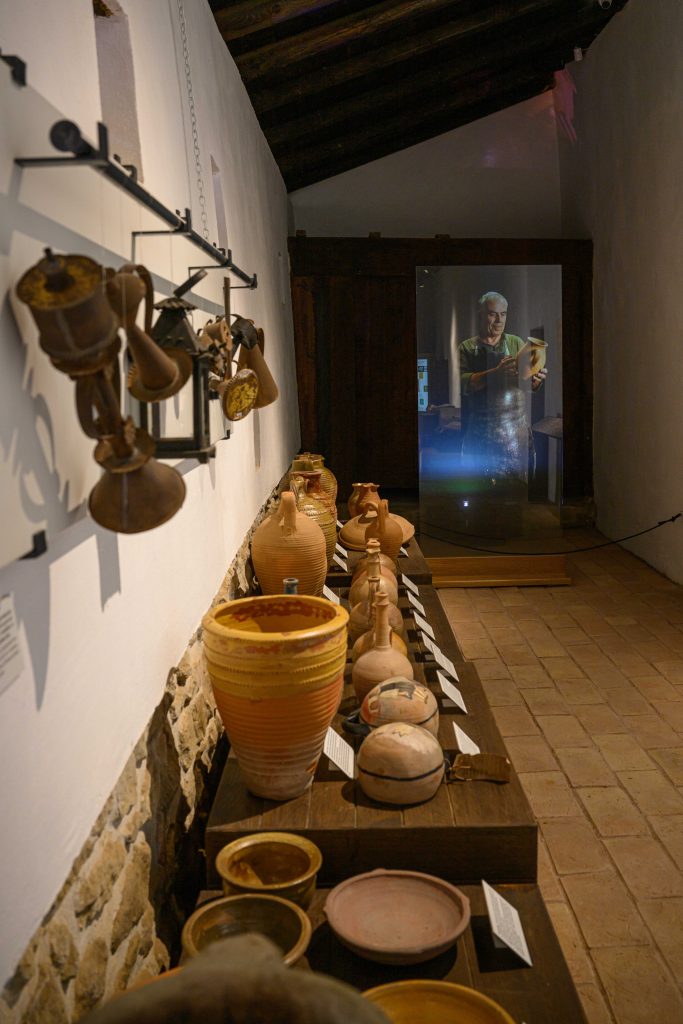
“What do I hope visitors feel as they walk out of the museum? A sense of connection and a deeper appreciation for the rich history. And of course, the desire to come back,”- he adds.
This year, as we mark the International Museum Day 2025 under the theme “The Future of Museums in Rapidly Changing Communities”, the Ethnographic Museum of Kavaja stands as an example of how museums can be dynamic spaces for learning, heritage preservation, and community growth. And we at UNOPS are very proud to be contributing towards this goal. The implementation of the works would never be possible without close cooperation with the Ministry of Economy, Culture and Innovation and generosity of the European Union.
In Kavaja, the past isn’t just safeguarded but it becomes part of the future.
